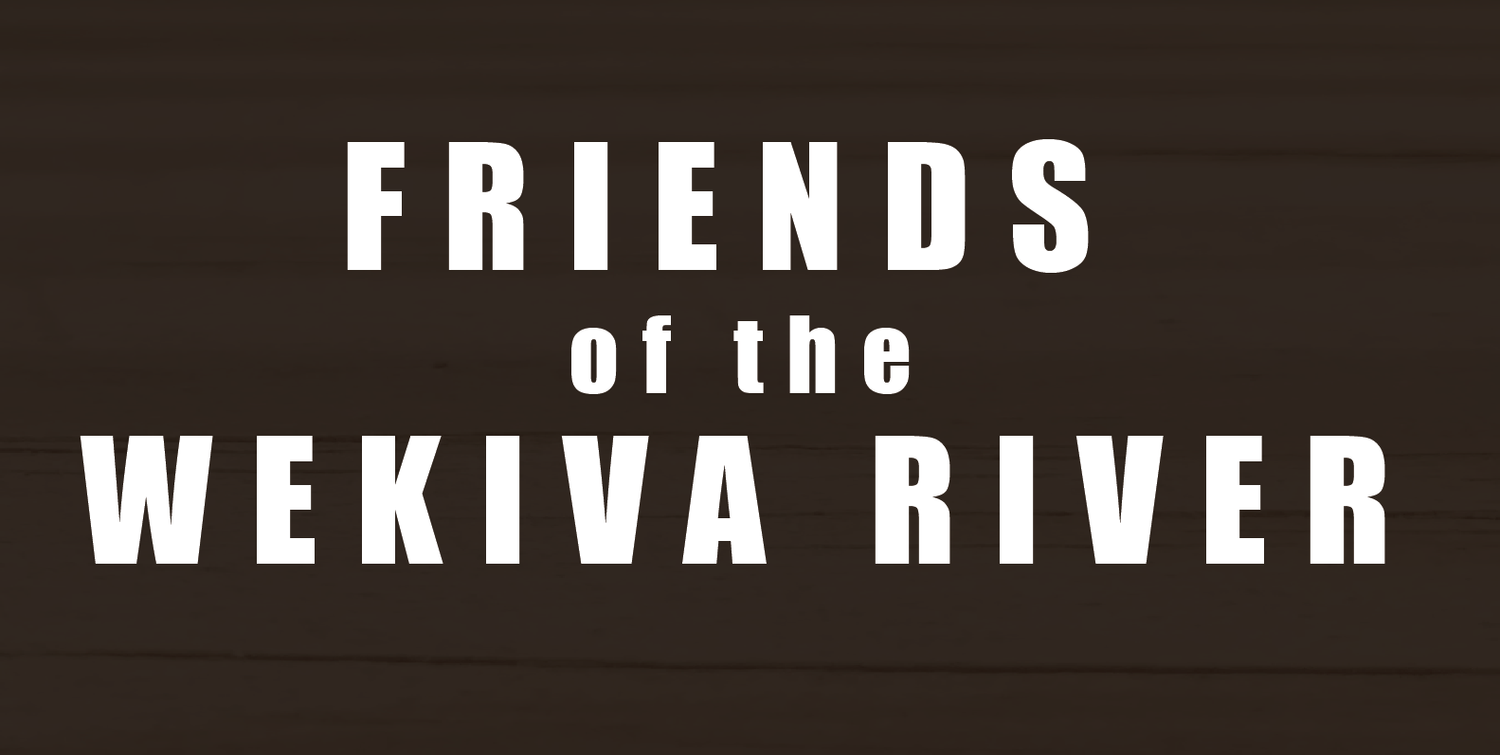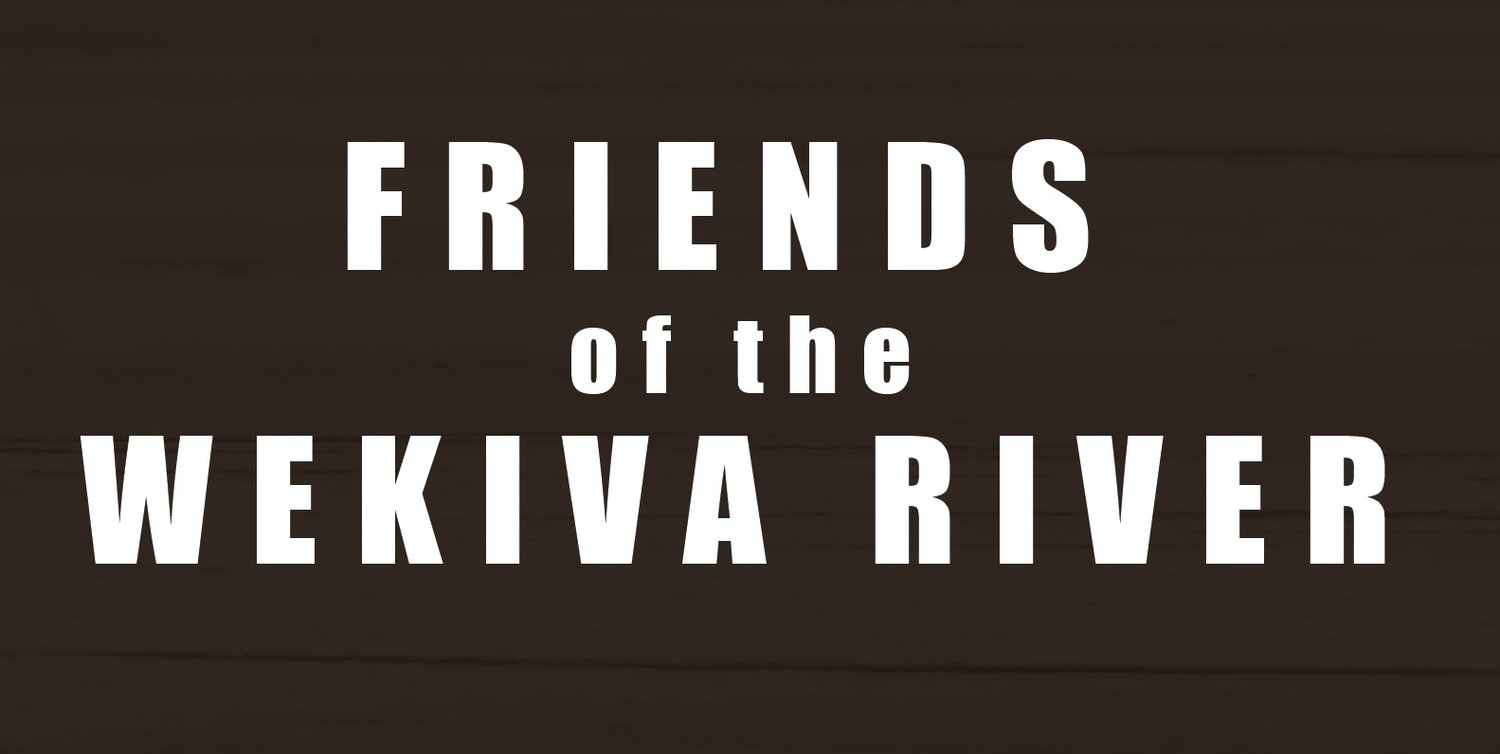State of the River Report–Update on Little Wekiva River and Legislative Study Report
FOWR continues to advocate for remediation of the portion of the Little Wekiva Riverdownstream from State Road 434 that has been severely damaged by massive sediment accumulations in the last few years. Here are the latest updates:
Seminole County’s proposed a remediation project is in the permitting process withSaint Johns River Water Management District (SJRWMD). This project will includeremoval of invasive plants, removal of deposited sediments that have filled in portions of the river channel, recontouring of historic meanders, and replanting with beneficial native plant species. The proposed remediation area is approximately 4000 feet in length and 20 acres total. The project is expected to begin during February or March, 2022.
On December 31, 2021, SJRWMD issued its final report of the Little Wekiva River studythat was requested during the 2021 legislative session. The report has both positive and disappointing aspects. Despite strong technical comments presented by FOWR, there was no acknowledgment in the report of apparent major contribution of the I-4 Ultimate construction to the Little Wekiva River sedimentation. The report concluded that “scientific evidence is lacking to determine the contribution of sediment load from any individual sources, current or historic. In short general accumulation and movement patterns strongly suggest that aggregate effects of basin urbanization, particularly prior to modern stormwater rules, are responsible for the majority of historic and current sediment issues.”
The report recommends projects and further studies and monitoring including site-specific monitoring for sediment at stormwater outfalls and inputs. “In short, sediment removal projects such as dredging and properly located and managed sediment traps, should be the focus of future projects to best improve sedimentation issues in the river.
Furthermore, consistent and long-term in-stream maintenance activities (e.g., sediment removal, invasive plant control, etc.) are vital.” The report notes that changes in rainfall patterns and more frequent and intense tropical storms could have multiple impacts to the basin and that SJRWMD is accordingly evaluating enhanced permit review and compliance for the Wekiva Basin. FOWR will continue to work with SJRWMD and others to explore further studies, legislation and preventive measures that can help address sedimentation of the Little Wekiva and other Florida rivers.
FOWR OPPOSES ANNEXATIONS WITHIN WEKIVA STUDY AREA
Seeking to annex land within the Wekiva Study Area, Eustis has amended its comprehensive plan and adopted new development rules that allow more intensive development within areas zoned as residential and commercial. The land east of the city that is being targeted is, according to the Florida Geologic Survey, one of the most effective recharge areas for the Floridan Aquifer. The city has eliminated the rural residential and agricultural zoning categories, and will allow higher density development and more impervious area within developments.
The Friends of the Wekiva River spoke against the proposed changes at a City Commission meeting, but the changes were adopted in spite of the opposition. FOWR is now working with the Lake County Conservation Committee to oppose the proposed annexations east of the city limits. If approved for annexation, the higher density development and reduced pervious area would reduce the recharge of the Floridan Aquifer and the surficial aquifer that supplies water to Blackwater Creek, a major tributary of the Wekiva River.
Wekiva Parkway Bridges Crossing the Wekiva River Nears Completion
At a recent meeting of the Wekiva Parkway Commission, Florida Department of Transportation District Secretary Jared Perdue stated that the Parkway from east of Mount Plymouth to Seminole County, including the bridges over the Wekiva River, will be open to traffic in the late spring of this year. Construction from the Wekiva River to Orange Boulevard in Seminole County is proceeding and will open in the summer or fall of this year.
Because the Wekiva is a Wild and Scenic River, the new bridges over the Wekiva River were designed to be compliant with the Wild and Scenic Act. Workshops with federal, state, local interests and the Wekiva Wild and Scenic River Management Committee established guidelines for the construction of the bridges. As a result, the bridges now span the entire width of the river and there are no piers in the river impeding the flow of the river. This wide span will also permit wildlife to pass under the bridges. All construction was from above, so no work took place in the river except for removal of the numerous piers associated with the old bridge. The new bridges are higher than the former bridge to improve the view as one approaches the bridges while paddling on the river. Sounds of traffic will be less for the surrounding area than in the past.
We look forward to the completion of the Wekiva Parkway.

